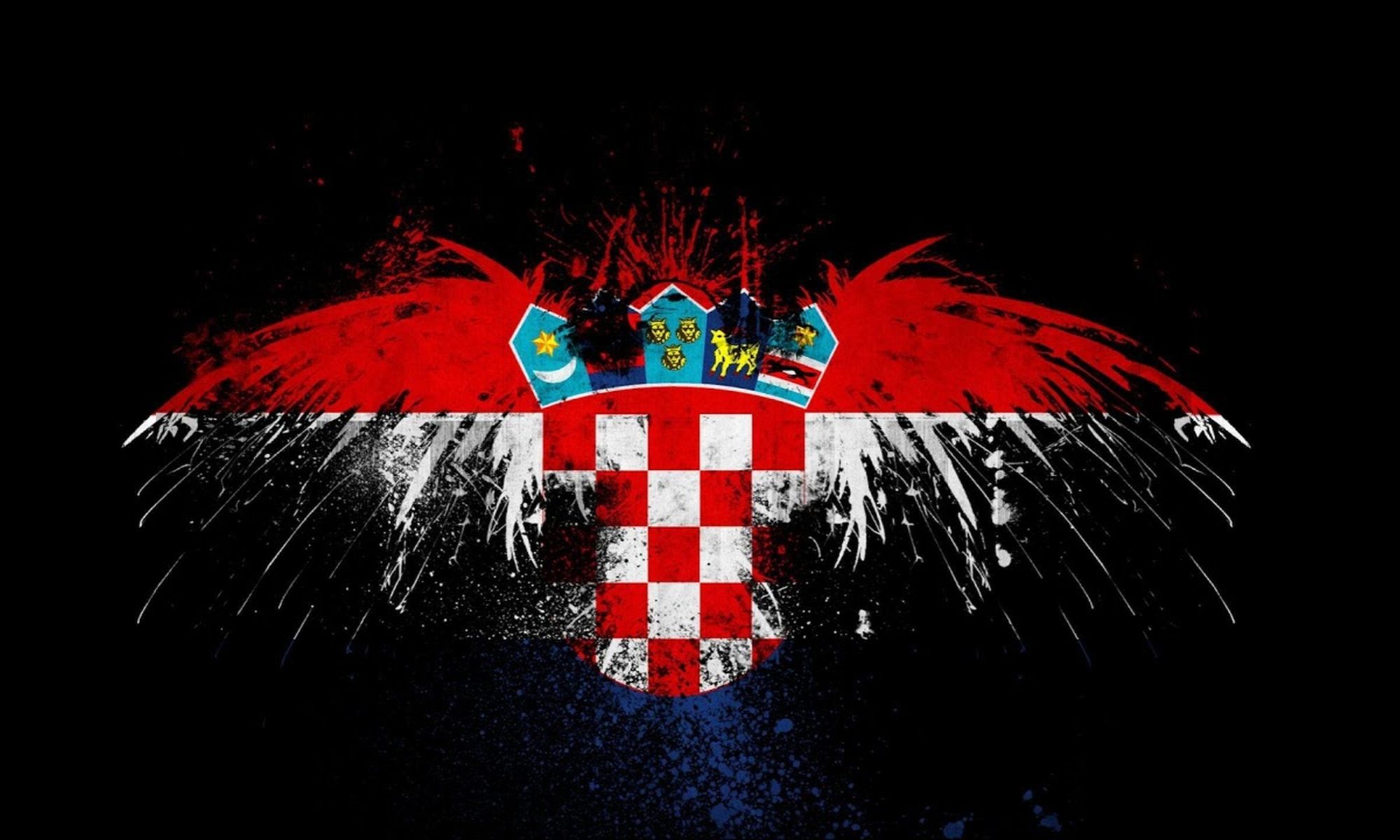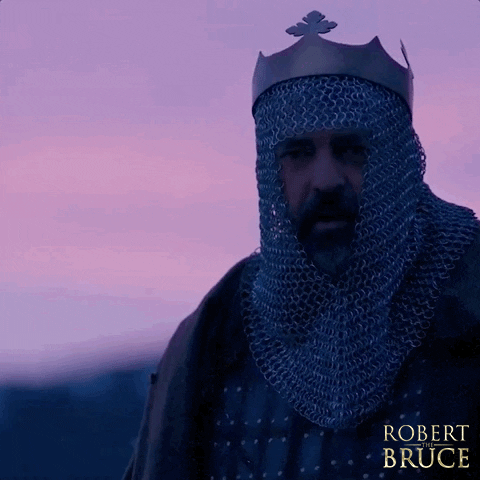“People think you need an army. A legion. A revolution. But the truth is… it only takes one man. One man to make the invisible, visible. To drag the shadows into the light. The deep state, the globalists, the so-called Illuminati—whatever name they hide behind—they think justice will never reach them without millions rising up. But they’re wrong. It’s just me versus them. No likes. No comments. No audience. Just me… and the mission.”
Back In Black: Christus Rex
Solid Snake (low, gravelly voice):
“They say the second coming isn’t fire and brimstone… it’s one man. One soldier. Standing alone against a Satanic horde. No armies. No governments. No backup. Just him.
Even his own brothers don’t believe. They call him a fool, a madman chasing ghosts. But the truth? Faith isn’t about belief when it’s easy. Faith is standing in the fire when the world calls you insane.
I’ve seen the darkness in men’s hearts. The greed. The cruelty. The hunger for power that turns brother against brother. That’s the true face of the horde. And I know… one man can’t stop it. Not really.
But maybe… just maybe… one man can buy enough time. Enough hope. Enough light… for the rest of us to remember what we’re fighting for.”
(Snake exhales, lights a cigarette, the glow flickering against the shadows.)
“One man against hell itself. Sounds like suicide. But hell’s never met me.”
THE BRUCE BROTHERS
Film Treatment: THE BRUCE BROTHERS
Logline: The brutal fight for Scottish independence fractures the bond between the brilliant but pragmatic King Robert the Bruce and his fiercely loyal but increasingly unhinged younger brother, Edward, forcing them to confront whether the ends of freedom can ever justify their monstrous means.
Tone: A gritty, visceral, and psychological historical drama in the vein of The Outlaw King and The King, focusing on the complex cost of leadership and the corrosive nature of war on family.
Characters:
- ROBERT THE BRUCE (CHRIS ARMSTRONG): In his 40s. The King of Scots. A strategic genius and a natural leader, but weighed down by the immense moral and political burden of kingship. He is pragmatic to a fault, often making cold calculations for the greater good. His goal is a stable, independent Scotland, but the path to it is staining his soul.
- EDWARD BRUCE (JOE JUKIC): Late 20s/Early 30s. Robert’s younger brother. A formidable, fearless, and terrifyingly effective warrior. His loyalty to Robert and the cause is absolute, but it is fueled by a deep-seated rage and a thirst for glory that borders on the berserk. He is the unleashed id to Robert’s calculating ego.
- ELIZABETH DE BURGH (to be cast): Robert’s wife. His emotional anchor and moral compass. Her captivity by the English is a constant source of pain and strategic weakness for Robert.
- SIR JAMES DOUGLAS (to be cast): The “Black Douglas.” A loyal lieutenant to Robert. He shares Edward’s ferocity in battle but channels it with more control, serving as a contrast to Edward’s descent.
- AYMER DE VALENCE (to be cast): The ruthless English commander, representing the relentless pressure of the opposition.
SYNOPSIS
ACT I: THE FRACTURED CROWN
Opening: 1306. The aftermath of Methven. Robert’s army is shattered, his family and allies captured or killed. He and a handful of survivors, including a bloodied but defiant Edward, flee into the wilderness. This is not a glorious beginning but a desperate, humiliating scramble for survival. We see the core dynamic: Robert is already thinking three moves ahead, despairing at the cost. Edward sees only the insult and burns for immediate, brutal retaliation.
As Robert rebuilds his campaign through guerrilla tactics (showing the famous spider scene not as inspiration, but as a moment of grim perseverance), Edward is his most effective weapon. He takes castles with audacious, reckless assaults that Robert’s more cautious commanders would never attempt. Edward’s bravery is legendary, but Robert begins to see the warning signs: a relish for violence that goes beyond necessity, a contempt for prisoners, a belief that fear is the only true currency.
The central conflict is established: Robert needs to win the peace, to be a king who can rule. Edward only knows how to win the war.
ACT II: THE HAMMER AND THE ANVIL
- The stunning victory at Bannockburn is the brothers’ apex. Robert’s masterful strategy sets the trap, and Edward’s ferocious command of a schiltron or the cavalry charge is the hammer that breaks the English army. They are heroes, united in triumph. Scotland is, for the moment, free.
But victory exposes their rift. Robert, now a true king, must court diplomacy. He seeks recognition from the Pope and a lasting treaty with England. Edward sees this as weakness. To him, the enemy is humiliated but not destroyed. He argues for invading England itself, for carving out a kingdom of fire and blood.
Frustrated and sidelined by Robert’s politics, Edward’s violent impulses find a new outlet. He leads punitive raids into England that are so savage—massacring civilians, burning crops to the bedrock—that they become counterproductive, hardening English resistance and embarrassing Robert’s attempts to appear a legitimate sovereign. Their arguments become explosive. Robert is trying to build a nation; Edward is only interested in destroying an enemy.
ACT III: A KINGDOM OF ASH
- To channel Edward’s destructive energy away from undermining his diplomacy, Robert makes a fateful decision. He supports Edward’s ambition to open a second front by invading Ireland, to forge a Gaelic alliance and squeeze the English from the west. Robert gives his brother an army and a title: High King of Ireland.
At first, it works. Edward is in his element: conquest. He wins stunning victories against overwhelming odds. But his rule is one of terror. He alienates the very Irish allies he was sent to secure through his brutality and arrogance. Reports filter back to Robert of massacres and impaled bodies lining the roads. Robert is horrified, but he is too far away and too busy securing his own borders to intervene effectively. He is complicit.
The film culminates in the Battle of Faughart (1318). Edward, outnumbered and refusing to wait for reinforcements, charges headlong into the English/Irish army. It’s not a tactical decision; it’s a suicidal act of hubris. He is killed, his body hacked to pieces.
Final Scene: Robert receives the news. There is no grand eulogy. The silence in his council chamber is deafening. He looks not like a king who has lost a troublesome general, but like a brother who has lost his other half—the brutal, monstrous, but undeniably loyal part of himself that he first unleashed and then failed to control. He won his kingdom, but the cost is etched permanently on his face. The final shot is of Robert alone on a cliff, staring out at the sea towards Ireland, the weight of his crown, and his grief, finally and utterly crushing.
KEY THEMES
- The Duality of Freedom: Is freedom won through statesmanship or savagery? The film argues it requires both, and that the latter inevitably corrupts the former.
- Fraternal Bond vs. National Duty: The intense love and rivalry between brothers, and the tragedy when one’s duty to a nation requires the sacrifice of his brother’s soul and life.
- The Cost of Kingship: Robert’s arc is about the terrible loneliness of leadership and the morally compromising decisions required to build something lasting.
VISUAL STYLE
- Gritty and Naturalistic: No polished armour. Mud, blood, rain, and the harsh beauty of the Scottish and Irish landscapes.
- Intimate Battle Choreography: Focus on the chaotic, personal, and terrifying nature of medieval combat. The camera stays close to Robert and Edward, contrasting Robert’s tactical awareness with Edward’s brutal, efficient killing.
- Contrasting Palettes: Scotland is all muted greens, greys, and browns. The Irish campaign is shot with a bleaker, more desaturated palette, reflecting the doomed nature of the enterprise.



